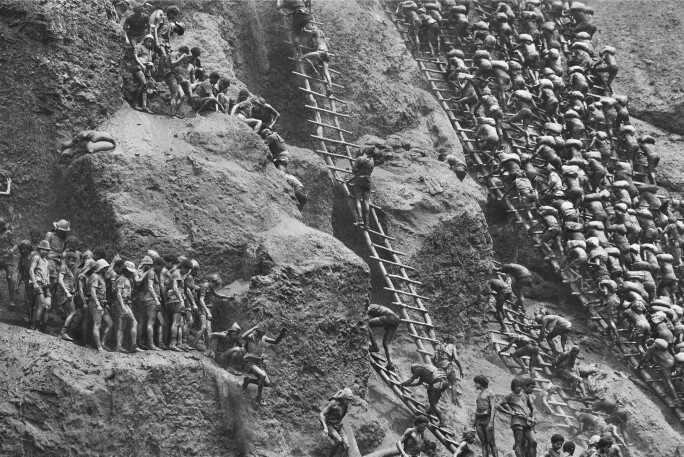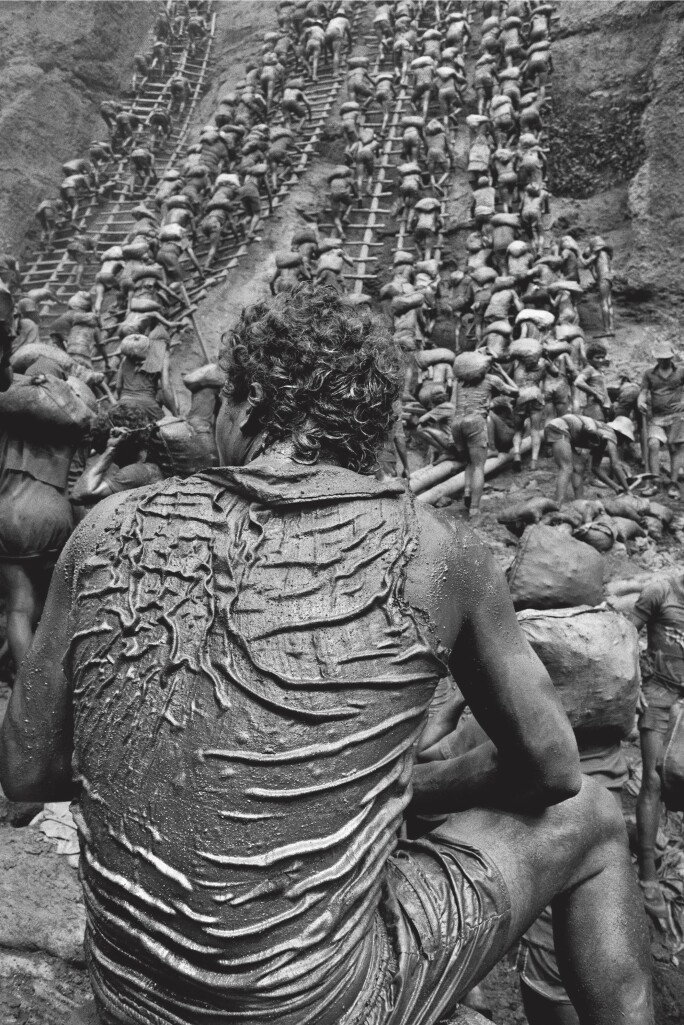D uring the dry season of 1986, Brazilian photographer Sebastião Salgado chronicled 50,000 mud-soaked men hunting for gold in his native country’s northeastern state of Pará. These images were initially part of Salgado's series Workers: An Archaeology of the Industrial Age, 1986-92 which paid homage to the strength and bravery of labourers through the documentation of industrial activities that have survived the test of time.
Photography came late into Salgado’s life. At age 29, after starting his career as a Marxist economist, he discovered the incredible power this medium has as a language which needed no translation, and decided to use photography as his way of expression. As he explained: "I did not make pictures just because I was an activist or because it was necessary to denounce something, I made pictures because it was my life, in the sense that it was how I expressed what was in my mind — my ideology, my ethics — through the language of photography."
All of Salgado’s projects are rooted in a social documentary and photojournalistic practice. Series such as Migrations (2000) or Genesis (2012) are other long-term projects which work as visual critiques of the current state of our world. The central themes portrayed are those which Salgado has dedicated his life to documenting: the human condition and the environment.
This stunning portfolio, offered for this first time as a complete set at auction, includes images that are proof of a harsh reality which as art historian Julian Stallabrass describes are shocking because they "present contemporary scenes which should have long been banished from the perfectible neoliberal state … [and] show in a supposedly post-industrial world, scenes of vast pre-industrial labour … scenes of naked exploitation and oppression."
When gold was found, the workers of that plot were paid a premium beside the usual twenty cents per trip. Once all the sacks had been piled up, they were allowed to take one of their choice. This arbitrary system ensured that chance determined what that particular sack would contain.
Some images were shot from high and distanced vantage points to emphasize the enormous size of Serra Pelada’s mine and its workforce. As a result, the miners climbing up the barrancos seem like a big grouping of ants struggling to reach the top, reminiscent of the slaves turned pyramid-builders in the days of the Pharaohs.
Other photographs have near-biblical references as we encounter portraits of men carrying sacks of earth on their shoulders, evocative of Jesus carrying the cross. These portraits convey a real sense of the human condition in the 20th century, symbols of a universal commonality. All throughout his career, Salgado has used the photographic medium as a way to explore social and economic conditions in numerous countries, always presenting himself as a journalist and not an artist.
As we can easily see, his approach is highly immersive, arguing that, "before you do this kind of long term project you must have a huge identification with the subject, because the project is going to be a very big part of your life. If you don’t have this identification, you won’t stay with it." For the Brazilian photographer what is most important in an individual’s practice is to be aware of the moment in society one’s living in and be able to portray it in the images.
The Gold Mine portfolio documents in 20 rich toned prints Salgado’s feeling of complete admiration towards the people who risk everything, including their lives, to improve their destiny, which in this case is embodied in bearing a sack of earth and the hope of gold.







